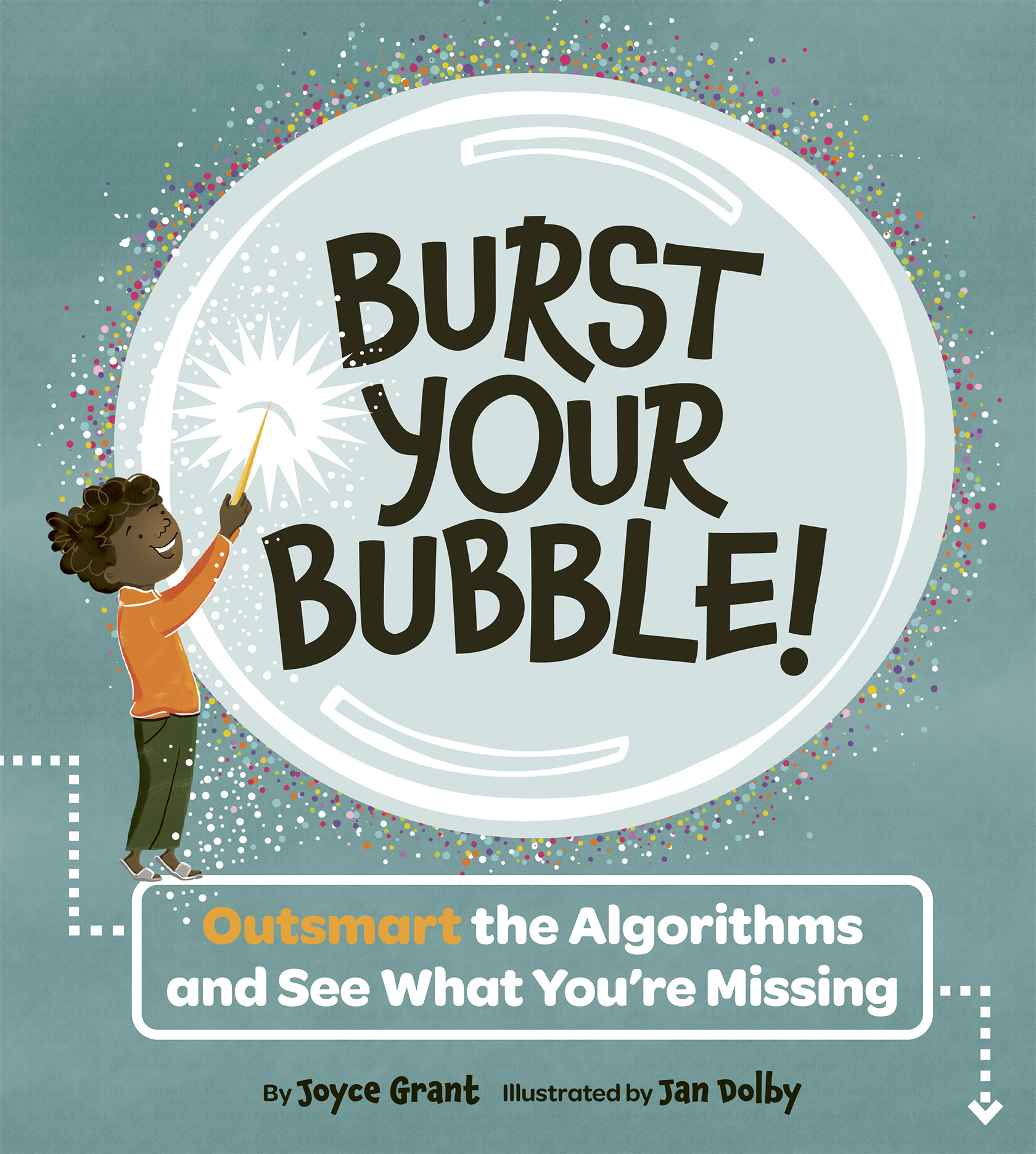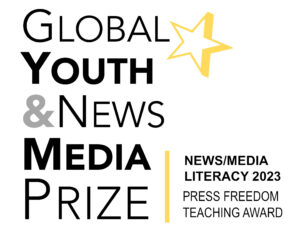
The most recent country to be formed in the world is called the Republic of South Sudan. It was formed on July 9, 2011.
Before July, South Sudan was part of Sudan, a country in the north-east of Africa. (Sudan itself used to be part of Egypt, but became independent in 1956.)
South Sudan was formed following two civil wars, one in the 1970s and—following an 11-year ceasefire—another which began in the 80s. The southern part of Sudan demanded independence. (The southern part of Sudan is different in terms of culture and religion from the northern part.)
When the new country’s independence was declared, its citizens took to the streets of Juba to celebrate. Salva Kiir Mayardit is the president of the new country, which has 10 states. Juba is currently the capital of South Sudan, but there are plans to move the capital to Ramciel, which is more centrally located.
While it has its independence now, South Sudan is one of the poorest regions on earth, with more than half of its population living in poverty. Much of the poverty has been caused by Africa’s longest-running civil war.
Unfortunately, South Sudan may also have the worst health situation in the world, according to the Sudan Tribune. The biggest problems are malaria, diarrhea, malnutrition and respiratory infections. On top of that, South Sudan also suffers from many deadly tropical diseases, according to the Tribune.
While Sudan and South Sudan have had a difficult history, they may have to work together in the future. Seventy-five per cent of the oil reserves in the area lie in South Sudan, while the oil refineries necessary to process the oil lie mostly in the north, in Sudan.
CURRICULUM CONNECTIONS
By Kathleen Tilly
Writing/Discussion Prompt
Poverty, disease and malnutrition affect a very large number of people living in South Sudan. Using newspapers, magazines, the Internet and television, find out more about these issues.
How has the international community supported people living in South Sudan? Have these efforts helped? Think of how you could raise awareness about the situation in South Sudan in your own school.
Reading Prompt: Reading Fluently
First, read this article silently in order to understand what it is about. Then, read the text out loud to a friend or classmate. When reading, adjust your speed, tone and volume to match the style of the text.
If you were to read a funny article next, how would you change your speed, tone and volume?
Junior and Intermediate
Read appropriate texts with expression and confidence, adjust reading strategies and reading rate to match the form and purpose (OME, Reading: 3.3).
Grammar Feature: Parentheses / Round brackets ( )
Parentheses/round brackets are used twice in this article.
1. “Before July, South Sudan was part of Sudan, a country in the north-east of Africa. (Sudan itself used to be part of Egypt, but became independent in 1956.)”
2. “The southern part of Sudan demanded independence. (The southern part of Sudan is different in terms of culture and religion from the northern part.)”
Why do you think the article was written using parentheses? Does it affect how you read and understand the article?
Can you think of any examples of texts that include parentheses? Are they used in a similar or different way?







